How to Troubleshoot and Fix a Running Toilet
A running toilet is more than just an annoyance—it can waste hundreds of gallons of water per day, increasing your water bill and potentially causing damage over time. The good news? Most running toilet issues are simple to diagnose and fix on your own. Here’s a step-by-step guide to troubleshooting and repairing a running toilet.
Step 1: Identify the Problem
There are three common causes of a running toilet:
Faulty Flapper – The rubber flapper at the bottom of the tank controls water flow into the bowl. If it's worn out or misaligned, water will continuously leak.
Improper Chain Length – If the chain connected to the flush handle is too short, the flapper won’t seal properly. If it's too long, it may not lift the flapper at all.
Faulty Fill Valve – The fill valve regulates water flow into the tank. If it’s malfunctioning, the toilet will keep refilling, causing constant running.
Step 2: Check and Fix the Flapper
Turn Off the Water Supply – Locate the shut-off valve near the base of the toilet and turn it clockwise to stop water flow.
Inspect the Flapper – Lift the toilet tank lid and check if the flapper is sealing properly. If it looks worn, cracked, or misshapen, it needs to be replaced.
Replace the Flapper – Remove the old flapper by unhooking it from the flush chain and attaching a new one. Make sure it sits properly over the flush valve opening.
Turn the Water Back On – Flush the toilet and see if the running has stopped.
Step 3: Adjust the Chain
If the flapper looks fine but isn’t sealing correctly, check the chain:
If it’s too short, it may be preventing the flapper from closing completely. Lengthen it by adjusting the hook or replacing it with a longer chain.
If it’s too long, it may get caught under the flapper, preventing a proper seal. Shorten the chain slightly so there’s only a small amount of slack when the handle is at rest.
Step 4: Check and Replace the Fill Valve
If the problem persists, your fill valve may be the culprit. Here’s how to check and replace it:
Look for Water Flow Issues – If water continues to enter the tank after the flapper has sealed, the fill valve is likely failing.
Adjust the Float – Some toilets use a float ball, while others have a float cup. Adjust the float’s height to ensure the valve shuts off at the correct water level.
Replace the Fill Valve – If adjusting the float doesn’t work, turn off the water supply, drain the tank, and replace the fill valve with a new one. Follow the manufacturer’s instructions for installation.
When to Call a Plumber
If your toilet keeps running despite replacing the flapper, adjusting the chain, and checking the fill valve, there may be a more serious issue, such as a damaged flush valve seat or an underlying plumbing problem. Ignoring a running toilet can lead to higher water bills and potential damage over time. Our experienced team at Charlotte Plumbing can quickly diagnose the issue and provide a lasting fix. Don’t let a simple problem turn into a costly headache—contact us today to schedule a service appointment!
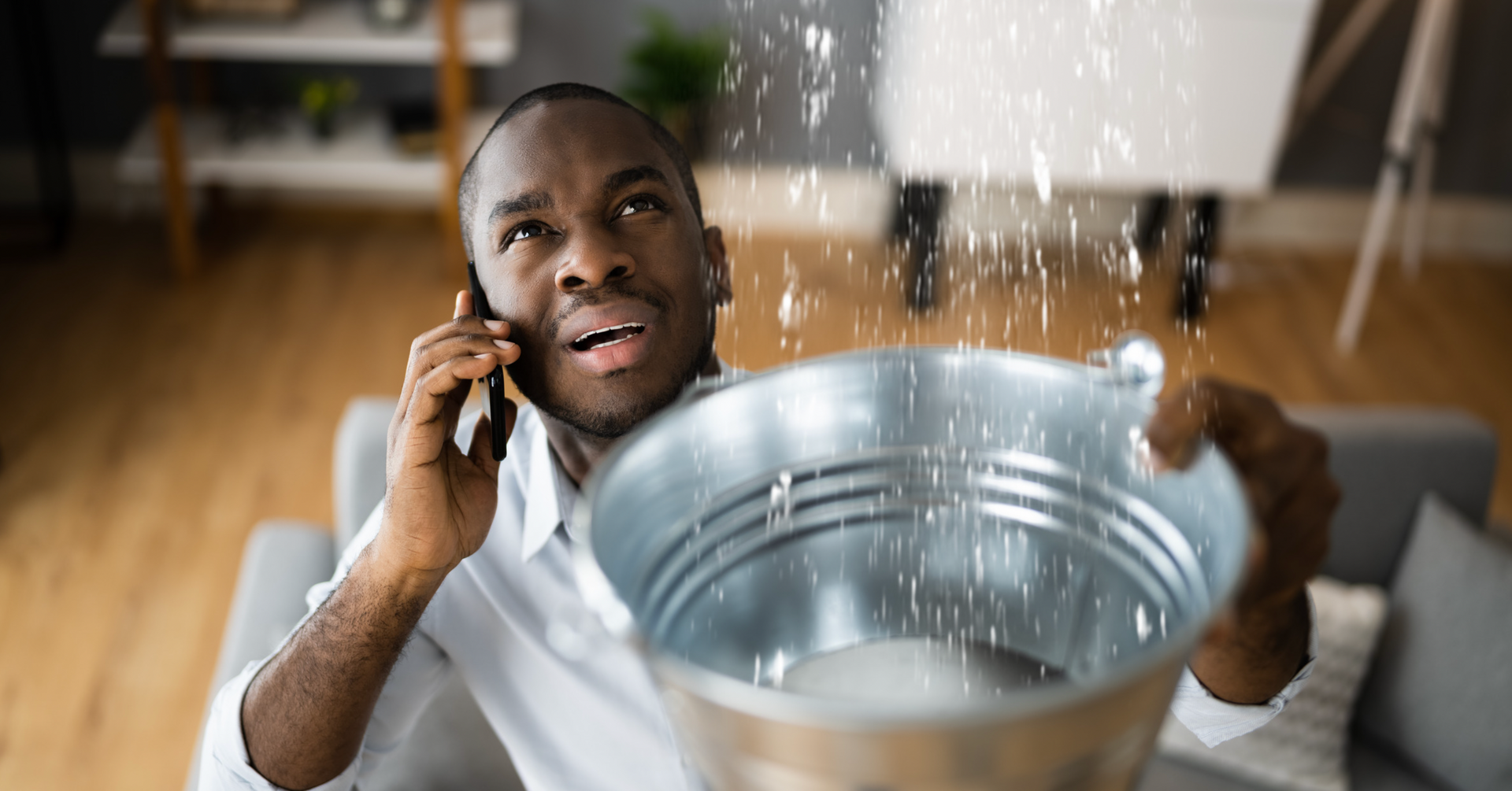
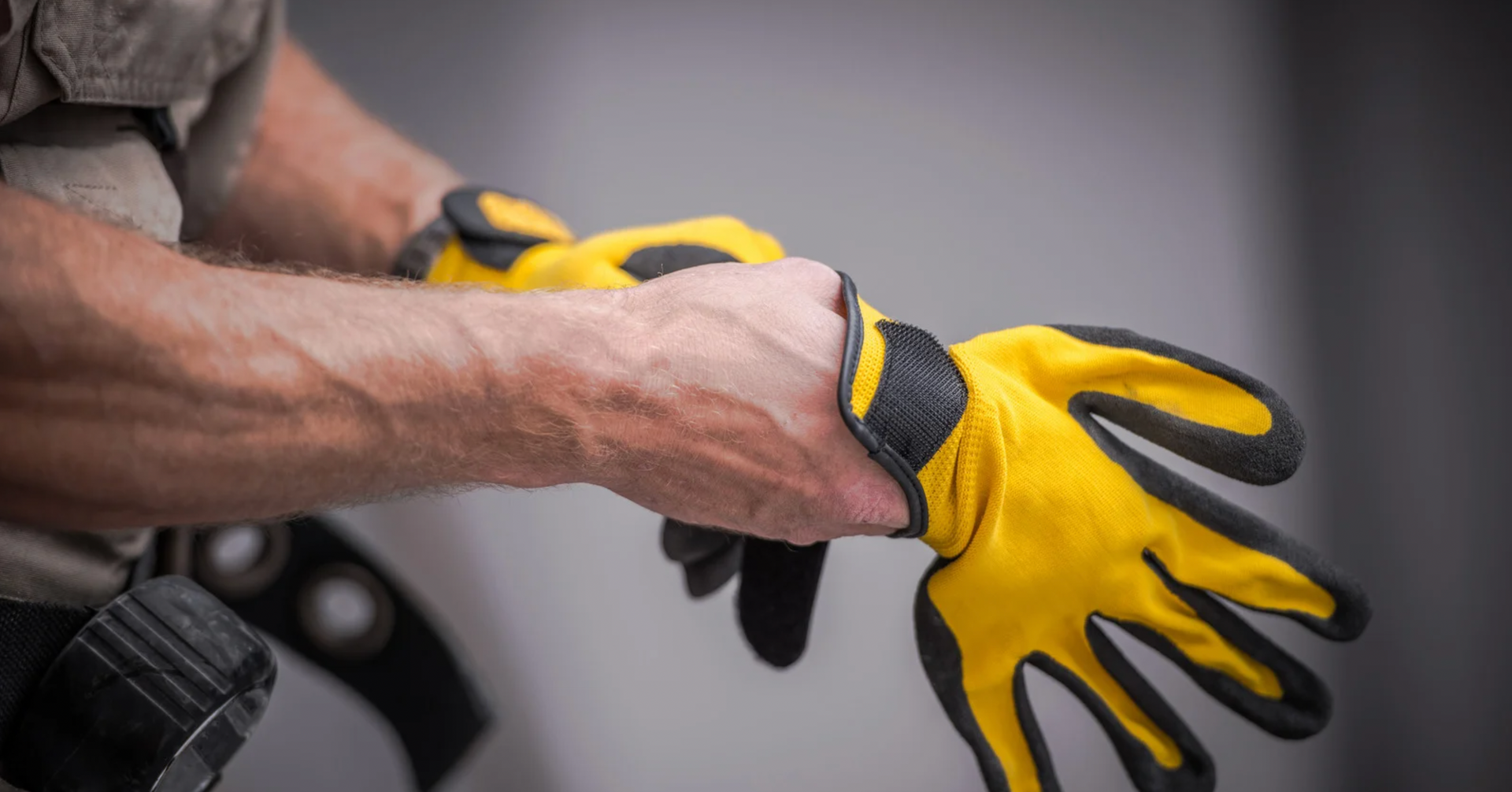
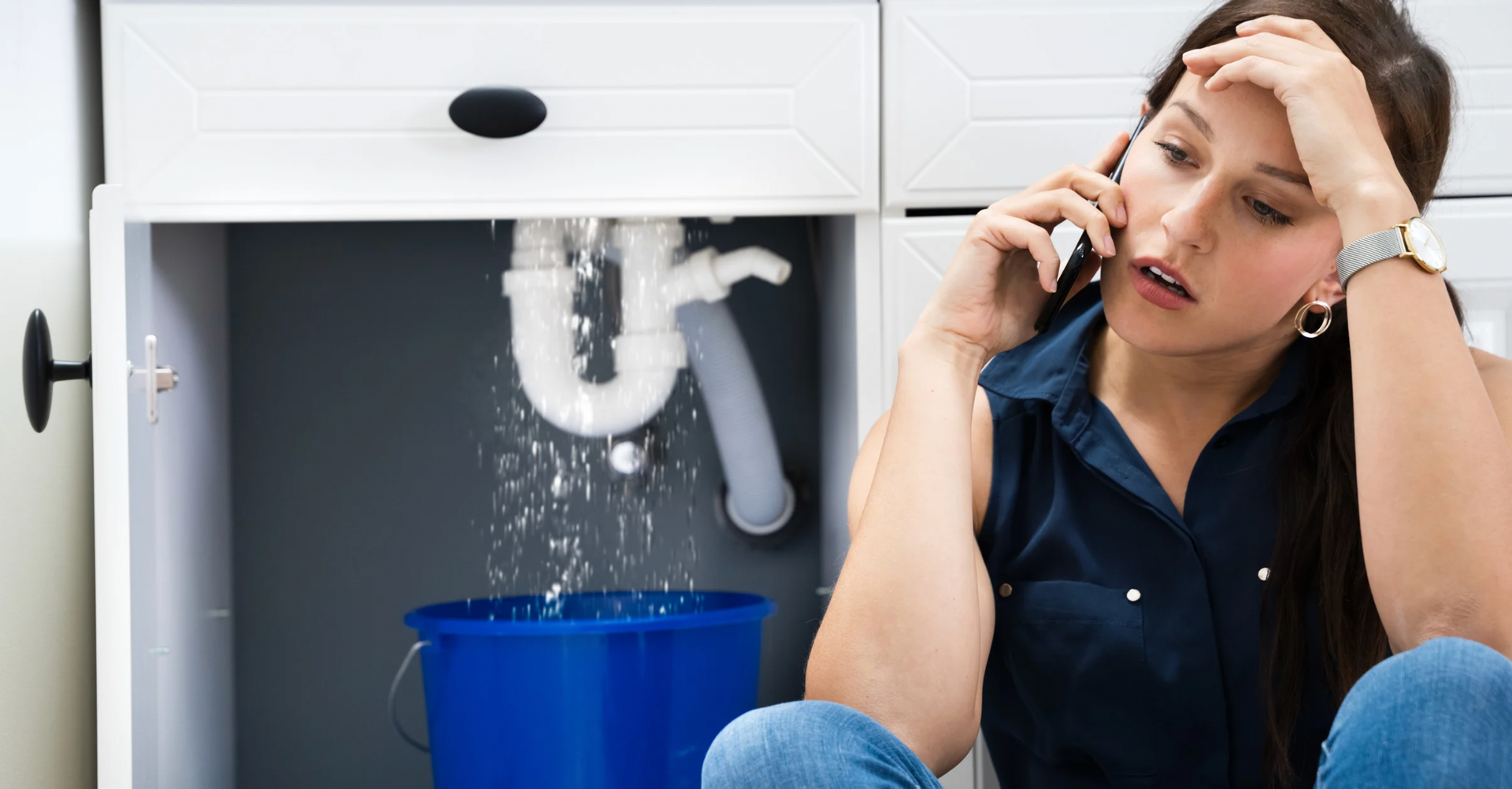
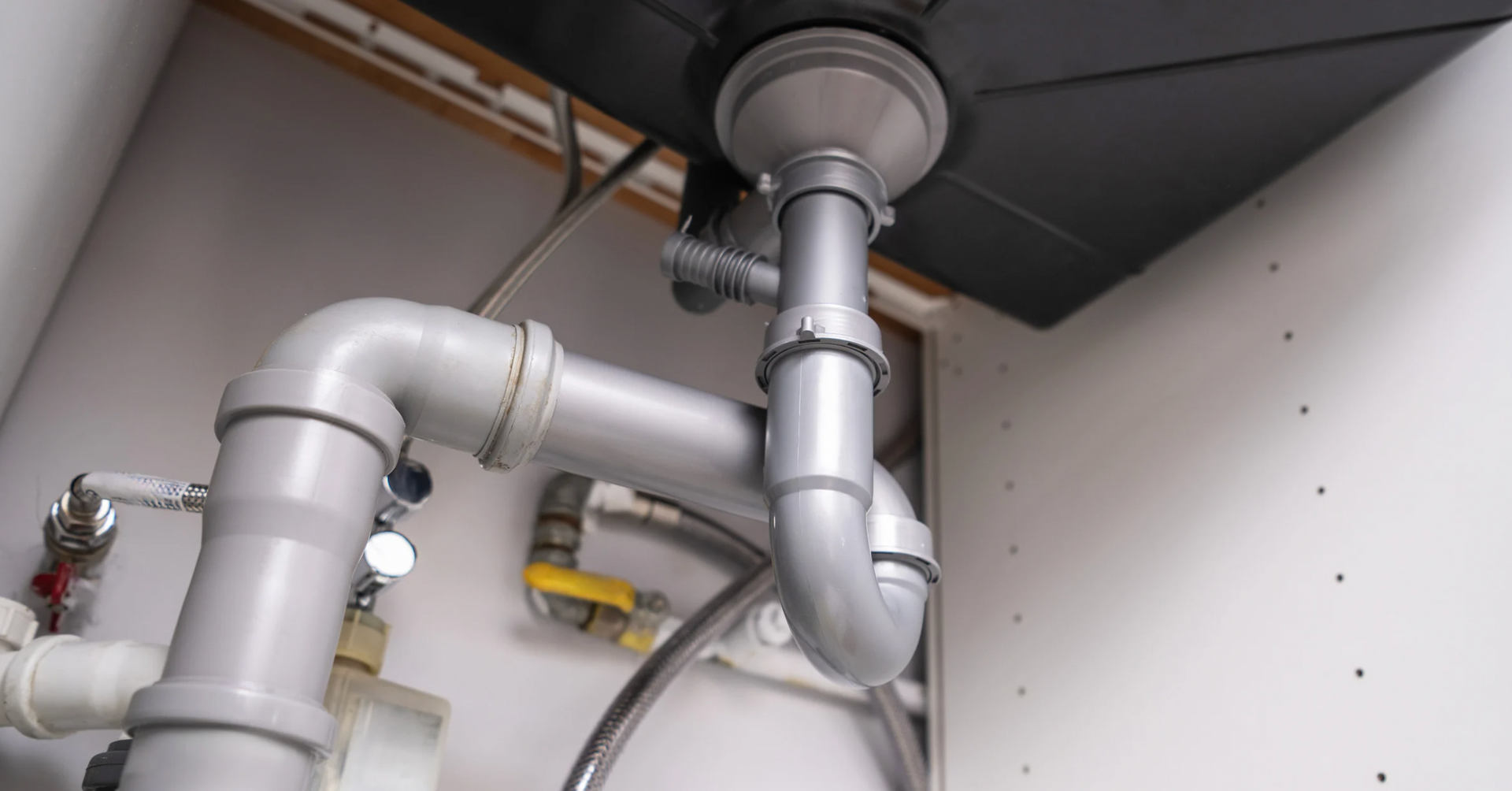
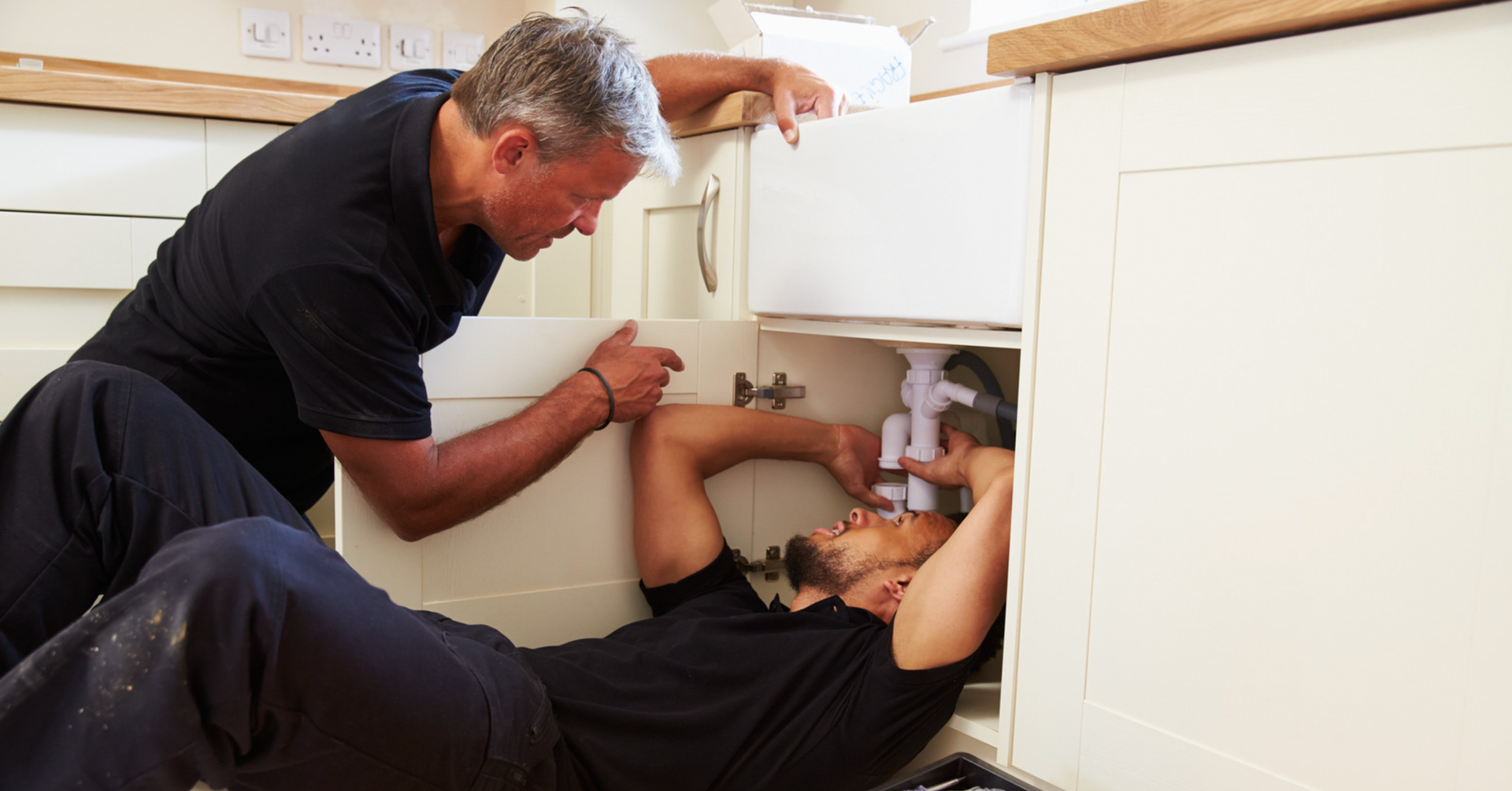
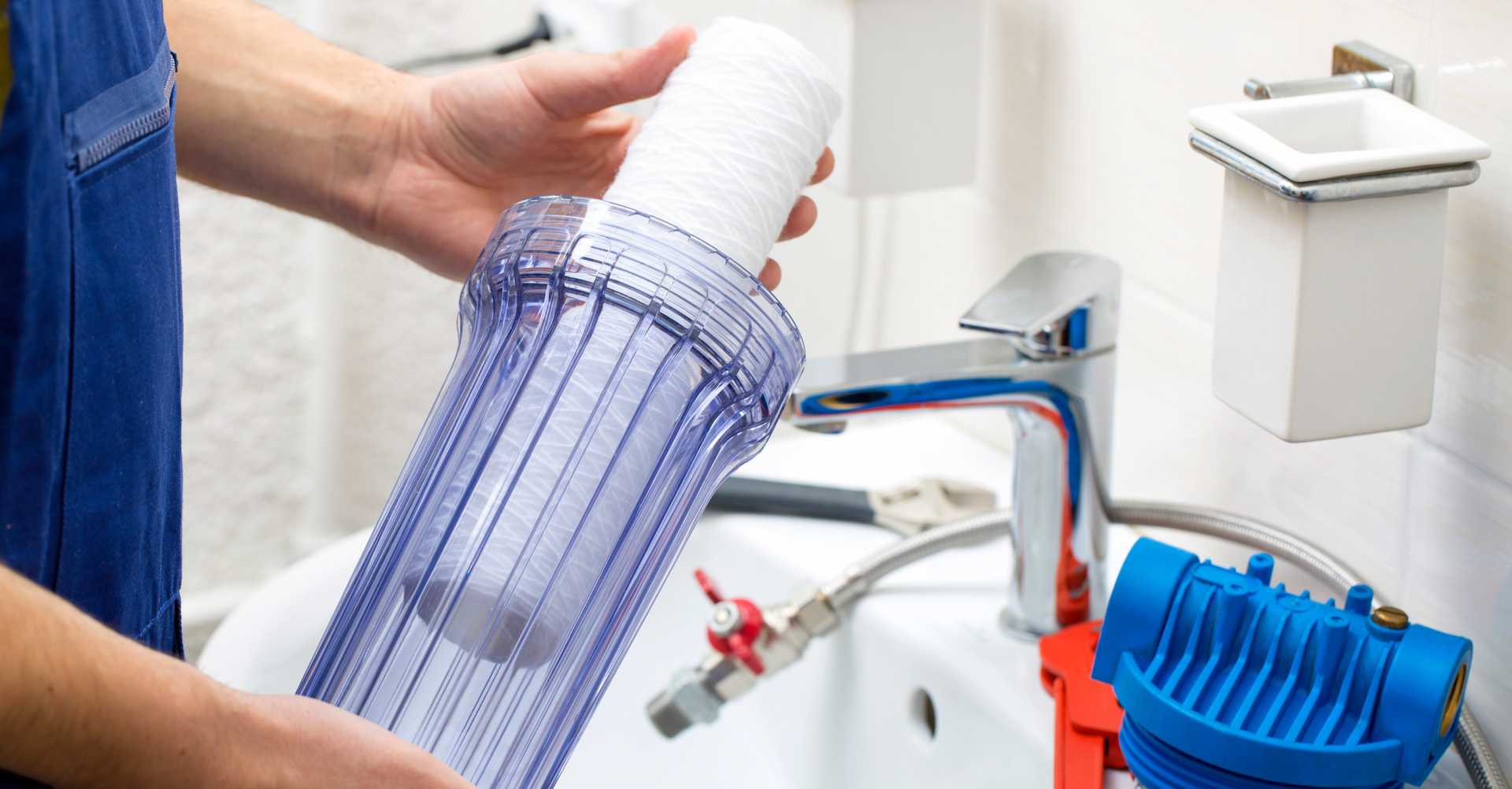
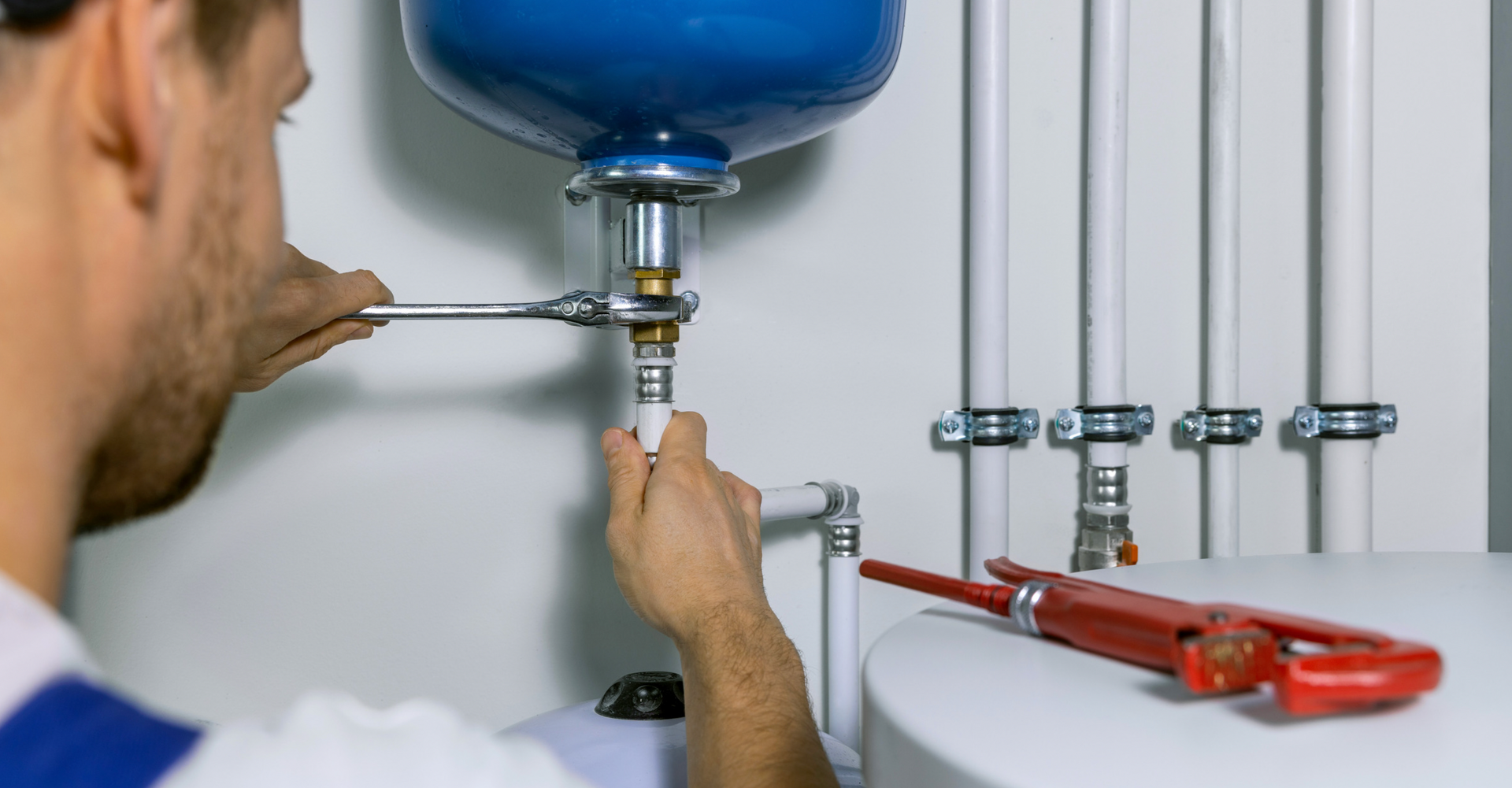
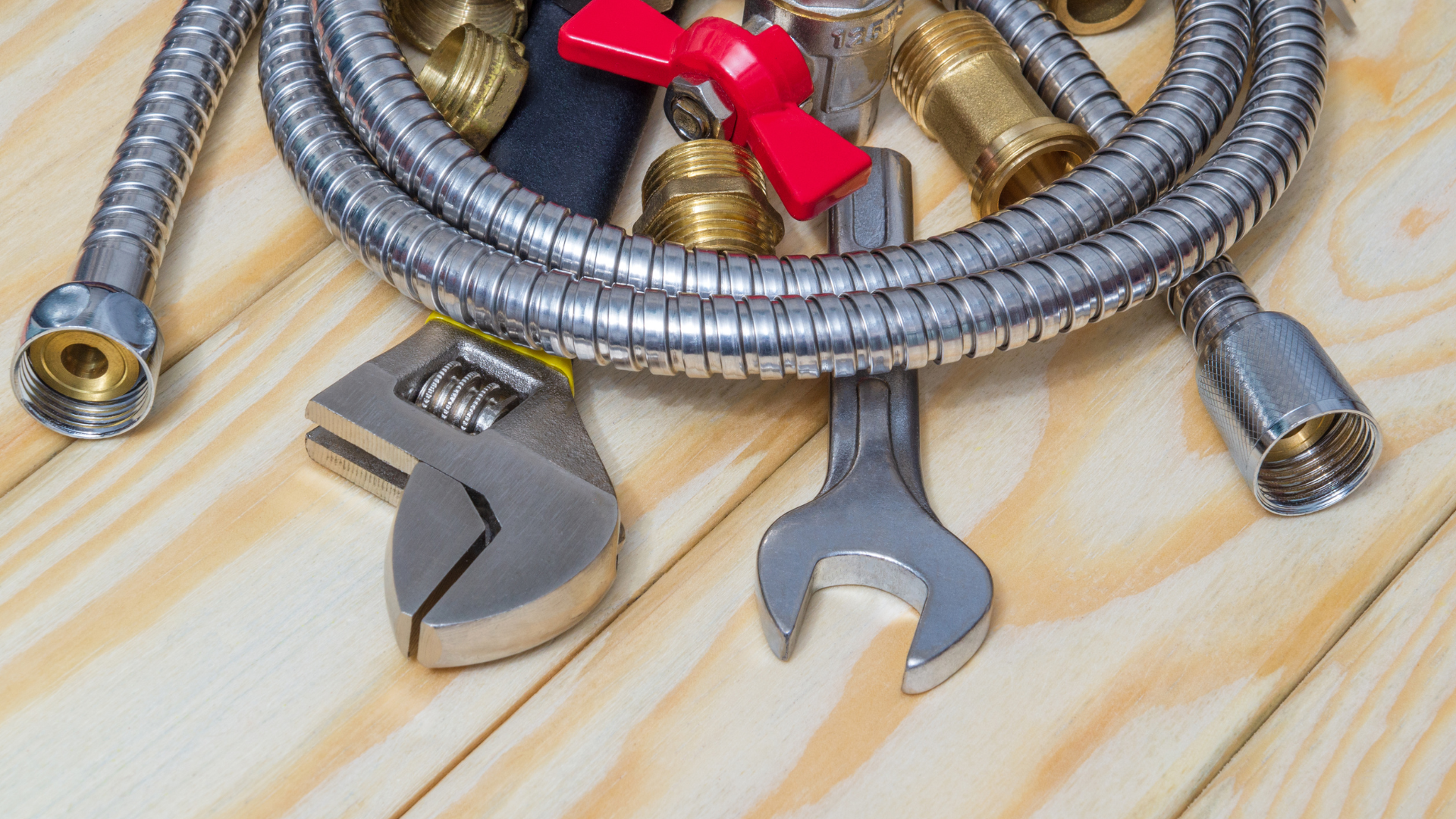

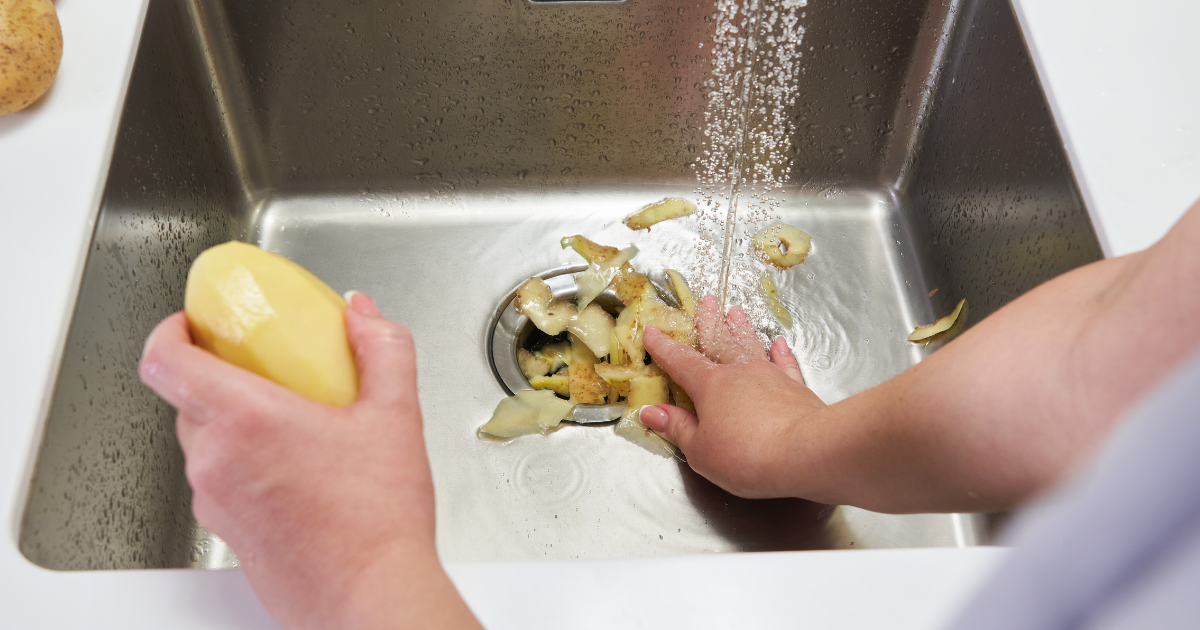
What Happens After I Send My Message?
Our team will review your information.
A team member will contact you as soon as possible.
We will work with you to schedule your service.
Schedule Online
For more information or to schedule a service, call us at (704) 684-4664 or complete the contact form.
Contact Us
We will get back to you as soon as possible.
Please try again later.



